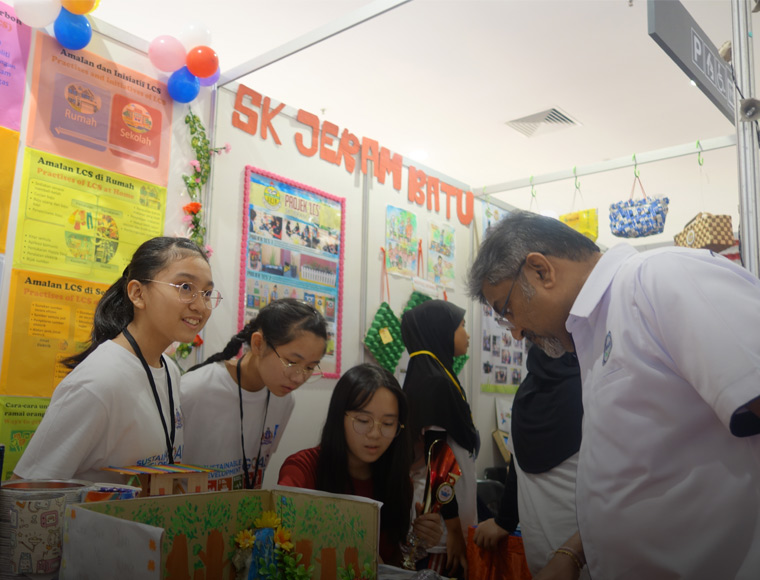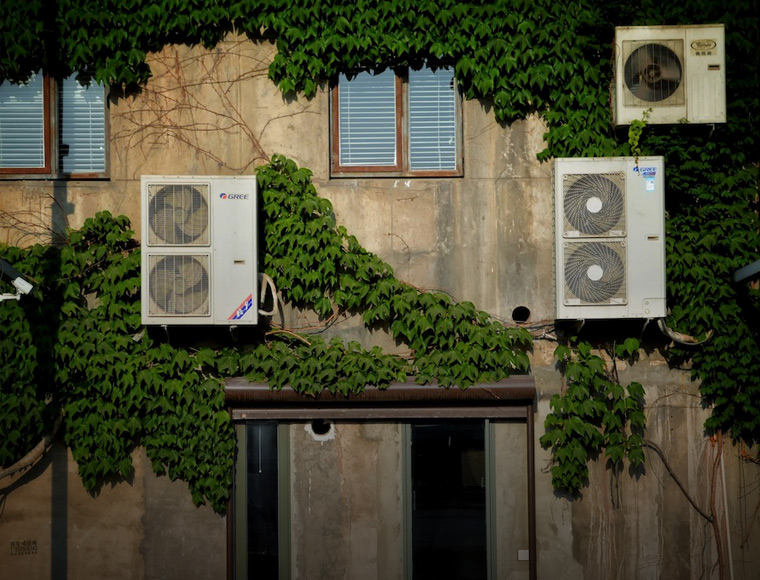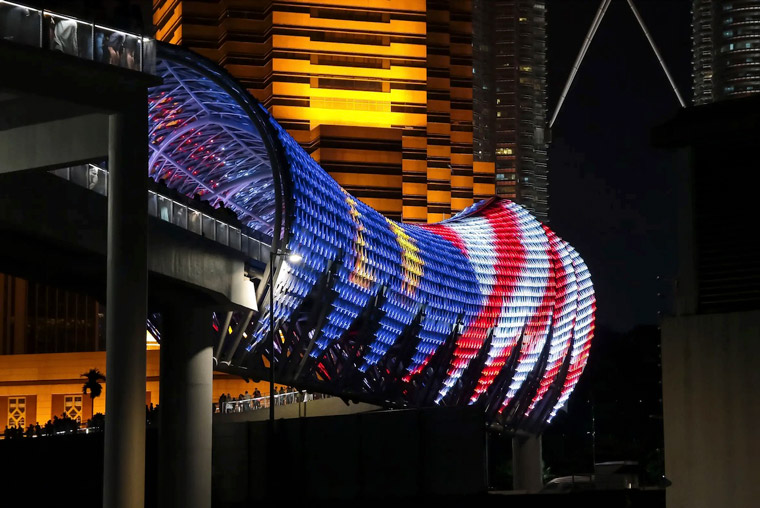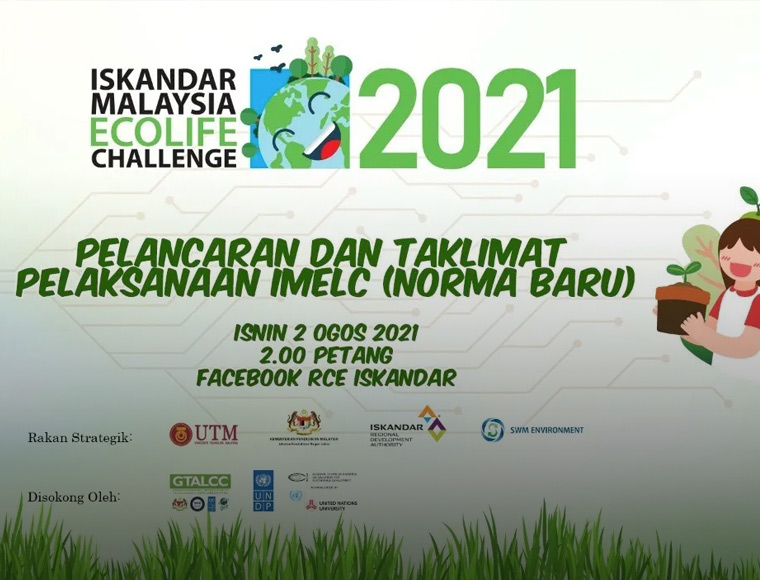Agenda : News
Why Climate Neutrality needs Circularity
07 Sep 2020

“How we make and use products and how we produce food generates almost half of the emissions in our current economic system because the production of goods and infrastructure generates emissions all along value chains,” said Mayor Minna Arve of Turku, Finland, at ICLEI’s July Race-to-Zero dialogue, which brought together many levels of government to reflect on local governments’ efforts to become climate neutral.
Cities typically build their climate plans and measure progress using production-based carbon inventories. These inventories map how much carbon is emitted by different sectors that operate within cities’ administrative boundaries and it is therefore mainly these emissions that are targeted in local mitigation efforts. Tackling production-based emissions is critical to the success of the Paris Agreement but it’s only half of the picture. Cities have to be looking at consumption-based emissions, too. These so-called indirect emissions are proving to be the blind spot of current mitigation efforts.
“How we make and use products and how we produce food generates almost half of the emissions in our current economic system because the production of goods and infrastructure generates emissions all along value chains,”
Estimates by C40 prove Mayor Arve’s point – the emissions induced by consumption in cities are likely to be at least as high as the emissions directly linked to local production. Because production systems are fragmented, the consumption levels in cities create indirect emissions that often arise far from the place of consumption.
Learnings from Turku, Finland
The city of Turku, Finland, is one of 449 cities that have joined Race to Zero, a global campaign gathering actors outside national governments that committed to achieving net zero carbon emissions by 2050 at the latest. The objective is to build momentum around the shift to a decarbonized economy ahead of the 2021 UN Climate Change Conference (COP26), where governments must strengthen their contributions to the Paris Agreement to ensure they are on track to limit global warming to 1.5 degrees.
the emissions induced by consumption in cities are likely to be at least as high as the emissions directly linked to local production. Because production systems are fragmented, the consumption levels in cities create indirect emissions that often arise far from the place of consumption.
With its climate plan binding the city to become climate neutral by 2029, Turku is well ahead of the 2050 deadline. The city has already cut its emissions by half compared to 1990 levels, thanks to investments in renewable energy, decarbonizing district heating and low-carbon transport.
However the carbon footprint of individual consumption in Finland remains particularly high. According to the 1.5 Degree Lifestyles report by Sitra and IGES, Finns emit on average 10,4 tCO2e per capita per year, a footprint that would need to become ten times smaller by 2050 to meet the 1.5 degree target.
With this in mind, Turku is looking to mobilize local actors and investing in the circular economy, a resource management framework that prioritizes regenerative resources, preserves what is already made, uses waste as a resource and generates new business models to decrease extraction needs.
Mayor Minna Arve and the city of Turku are focusing on the circular economy as a tool to address the challenge of consumption-based emissions. “Circular economy is an efficient tool to address these hidden emissions because it targets the design of products and aims at reducing resource extraction as early in the supply chain as possible.”, Arve pointed out at the Race to Zero dialogues. “Turku is the first city linking the circular economy to its climate plan to help address greenhouse gas emissions in a systemic manner and beyond its jurisdictional boundaries.”
“Circular economy is an efficient tool to address these hidden emissions because it targets the design of products and aims at reducing resource extraction as early in the supply chain as possible.”
How the circular economy can help
The Circular Turku roadmap will target five key sectors (food, transport and logistics, buildings and construction, energy and water) to identify interventions that would support a transition to zero emission and zero waste.
These efforts build on existing work around the circular economy in Turku. The city has been supporting circular economy initiatives and innovations that reduce demand for primary resource extraction and make best use of existing materials, thereby contributing indirectly to climate neutrality goals.






